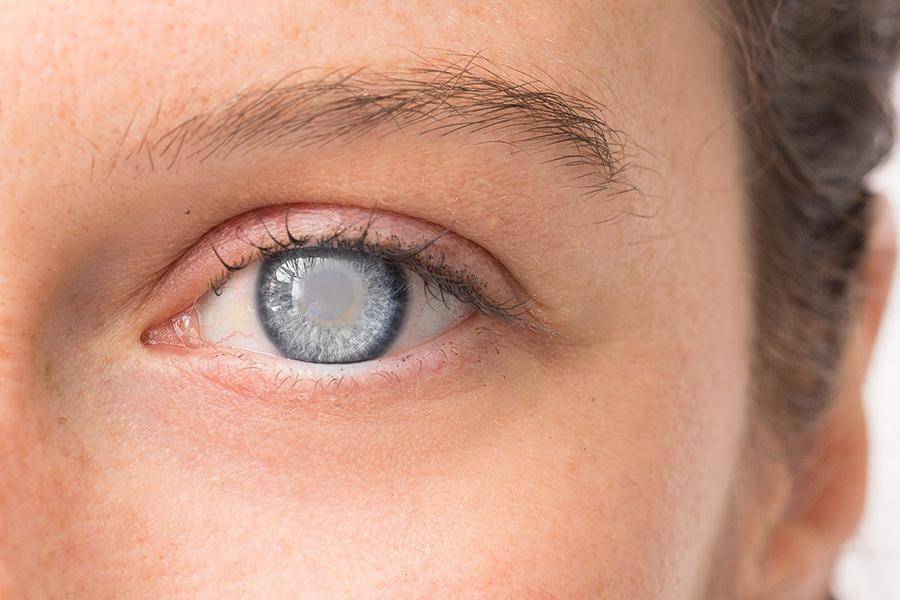Glaucoma: Causes, Symptoms, Diagnosis, Treatment, and Prevention
Introduction to Glaucoma:
Glaucoma is a group of eye conditions that damage the optic nerve, which is crucial for good vision. It is often associated with high pressure in the eye, known as intraocular pressure (IOP). If left untreated, glaucoma can lead to permanent vision loss and blindness. According to the World Health Organization (WHO), glaucoma is the second leading cause of blindness globally.
This article aims to provide a comprehensive overview of glaucoma, including its causes, symptoms, diagnosis, treatment options, and preventive measures.
1. Types of Glaucoma:
There are several types of glaucoma, with the two main categories being open-angle glaucoma and angle-closure glaucoma.
- Open-angle glaucoma: This is the most common type of glaucoma. It occurs when the drainage angle of the eye becomes less efficient over time, leading to increased pressure inside the eye. However, unlike angle-closure glaucoma, the drainage angle remains open. Open-angle glaucoma often progresses slowly and may not present with noticeable symptoms until later stages.
- Angle-closure glaucoma: This type of glaucoma occurs when the iris bulges forward and blocks the drainage angle of the eye, leading to a sudden increase in intraocular pressure. Angle-closure glaucoma can cause rapid vision loss and requires immediate medical attention.
Other types of glaucoma include normal-tension glaucoma, congenital glaucoma, and secondary glaucoma, which can develop as a result of other eye conditions or medical treatments.
2. Causes and Risk Factors:
The exact cause of glaucoma is not fully understood, but several factors may increase the risk of developing the condition:
- High intraocular pressure: Elevated IOP is a major risk factor for glaucoma. However, not everyone with high IOP will develop the condition, and some individuals may develop glaucoma with normal IOP, known as normal-tension glaucoma.
- Age: Glaucoma becomes more common as people age, particularly after the age of 60. However, it can occur at any age, including in infants and young children (congenital glaucoma).
- Family history: A family history of glaucoma increases the risk of developing the condition, suggesting a genetic predisposition.
- Ethnicity: Certain ethnic groups, such as African Americans and Hispanics, have a higher risk of developing glaucoma compared to Caucasians.
- Medical conditions: Certain medical conditions, such as diabetes, hypertension, and heart disease, may increase the risk of glaucoma.
- Eye conditions: Other eye conditions, including high myopia (nearsightedness), eye trauma, and eye inflammation, may increase the risk of glaucoma.
3. Symptoms of Glaucoma:
In the early stages, glaucoma may not cause any noticeable symptoms, which is why it is often referred to as the "silent thief of sight." As the condition progresses, symptoms may become more apparent, including:
- Gradual loss of peripheral vision (tunnel vision)
- Blurred vision
- Halos around lights
- Eye pain
- Redness in the eye
- Nausea or vomiting (in cases of acute angle-closure glaucoma)
It is important to note that these symptoms can also be indicative of other eye conditions, so anyone experiencing them should seek prompt medical attention for an accurate diagnosis.
4. Diagnosis of Glaucoma:
Early detection and diagnosis are essential for managing glaucoma and preventing vision loss. Eye care professionals typically use a combination of tests to diagnose glaucoma, including:
- Tonometry: This test measures intraocular pressure using a device called a tonometer. Elevated IOP is a key indicator of glaucoma, although not everyone with high IOP will develop the condition.
- Ophthalmoscopy: During this exam, the eye care professional examines the optic nerve for signs of damage or abnormalities.
- Perimetry (visual field test): This test assesses the full horizontal and vertical range of peripheral vision to detect any abnormalities or loss of vision.
- Gonioscopy: This test allows the eye care professional to examine the drainage angle of the eye to determine whether it is open or closed.
Additional tests, such as optical coherence tomography (OCT) and pachymetry, may also be used to assess the structure of the optic nerve and measure the thickness of the cornea, respectively.
5. Treatment Options for Glaucoma:
While there is currently no cure for glaucoma, treatment aims to reduce intraocular pressure and prevent further damage to the optic nerve. Treatment options may include:
- Eye drops: Medications in the form of eye drops are often prescribed to lower intraocular pressure by either reducing the production of aqueous humor (the fluid inside the eye) or improving its drainage.
- Oral medications: In some cases, oral medications may be prescribed to lower intraocular pressure when eye drops alone are not sufficient.
- Laser therapy: Laser procedures, such as trabeculoplasty and iridotomy, can help improve the drainage of fluid from the eye and reduce intraocular pressure.
- Surgical intervention: In advanced cases of glaucoma or when other treatments are ineffective, surgical procedures, such as trabeculectomy or drainage implant surgery, may be recommended to create a new drainage pathway for fluid to exit the eye.
The choice of treatment depends on various factors, including the type and severity of glaucoma, the patient's overall health, and their ability to adhere to treatment regimens.
6. Preventive Measures:
While it may not be possible to prevent glaucoma entirely, there are steps individuals can take to reduce their risk and protect their vision:
- Regular eye exams: Routine eye exams are essential for early detection and treatment of glaucoma. Adults should undergo comprehensive eye exams at least every two years, or more frequently as recommended by their eye care professional.
- Know your family history: Individuals with a family history of glaucoma should inform their eye care professional, as they may have an increased risk of developing the condition.
- Maintain a healthy lifestyle: Eating a balanced diet, exercising regularly, maintaining a healthy weight, and managing underlying medical conditions, such as diabetes and hypertension, can help reduce the risk of glaucoma and other eye diseases.
- Protect your eyes: Wear protective eyewear when participating in activities that pose a risk of eye injury, such as sports or construction work.
- Follow treatment plans: If diagnosed with glaucoma, it is important to follow the prescribed treatment plan and attend regular follow-up appointments with your eye care professional to monitor the condition and adjust treatment as needed.
Conclusion:
Glaucoma is a serious eye condition that can lead to permanent vision loss and blindness if left untreated. While there is currently no cure for glaucoma, early detection, diagnosis, and treatment can help slow the progression of the disease and preserve vision. By understanding the risk factors, symptoms, and treatment options for glaucoma, individuals can take proactive steps to protect their vision and maintain eye health. Regular eye exams and adherence to treatment plans are essential for managing glaucoma and preventing vision loss.


